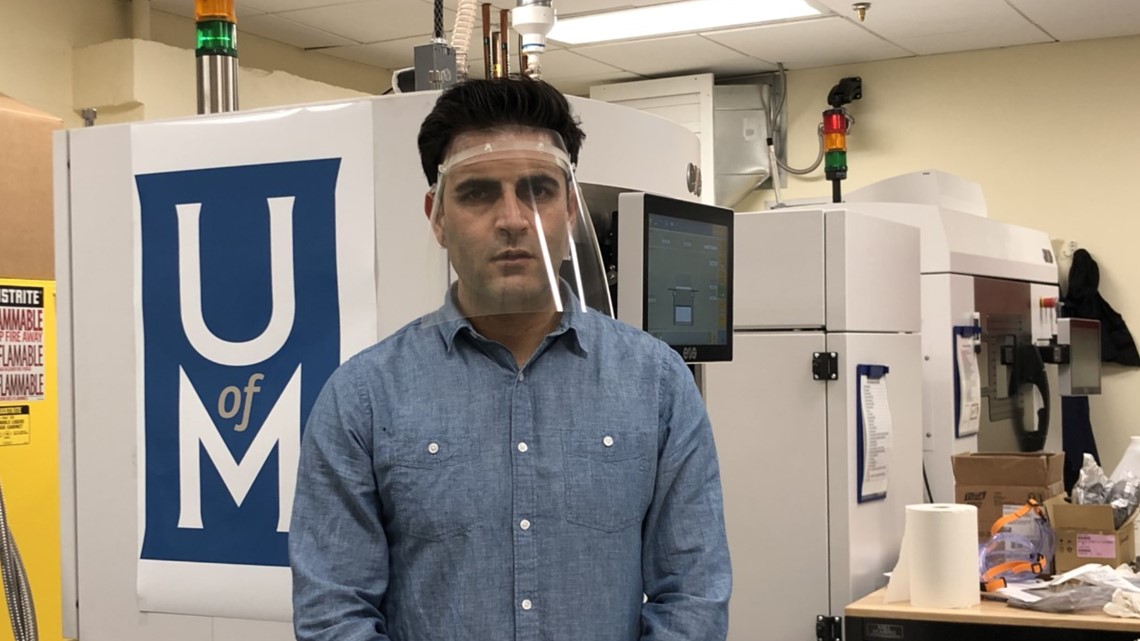MEMPHIS, Tenn. — The University of Memphis is using its high-tech 3D printing lab to make face protective shields for healthcare workers on the front line of the Coronavirus.
The school has a $2 million lab that is usually used to make specialized metal parts, but now it’s making shields.
The University of Memphis is one of eight universities across the state making the shields.
Dr. Ebrahim Asadi and three students are working around the clock in the lab. The lab has four printers making the shields one at a time. Each shield takes 2.5 to 3 hours to make. The hope is that can make between 20 and 25 per day.
Monday, Governor Bill Lee announced the schools would be taking part in the project. The hope is together the schools can produce 1500 shields over the next three days.
Dr. Asadi said he and his students were eager to respond to the call to help.
“Knowing we were able to help, it makes you feel good,” said Dr. Asadi.
Dr. Asadi said once the parts are made, the students assemble the shields. They will be sent to Austin Peay University, where they will be collected and distributed from one location.


RELATED: Harbor Freight to donate all of its personal protective equipment to 24-hour emergency rooms
-----------------------------------------
Coronavirus in Context:
The symptoms of coronavirus are similar to the flu or a bad cold. Symptoms include a fever, cough and shortness of breath, according to the Centers for Disease Control.
Most healthy people will have mild symptoms. A study of more than 72,000 patients by the Centers for Disease Control in China showed 80-percent of the cases there were mild.
But infections can cause pneumonia, severe acute respiratory syndrome, kidney failure and even death, according to the World Health Organization. Older people with underlying health conditions are most at risk.
The CDC believes symptoms may appear anywhere from two to 14 days after being exposed.
Lower your risk
- Wash your hands often with soap and water for at least 20 seconds. If soap and water are not available, use an alcohol-based hand sanitizer.
- Avoid touching your eyes, nose, and mouth with unwashed hands.
- Avoid close contact with people who are sick.
- Clean and disinfect frequently touched objects and surfaces.
- If you are 60 or over and have an underlying health condition such as cardiovascular disease, diabetes or respiratory illnesses like asthma or COPD, the World Health Organization advises you to try to avoid crowds or places where you might interact with people who are sick.

